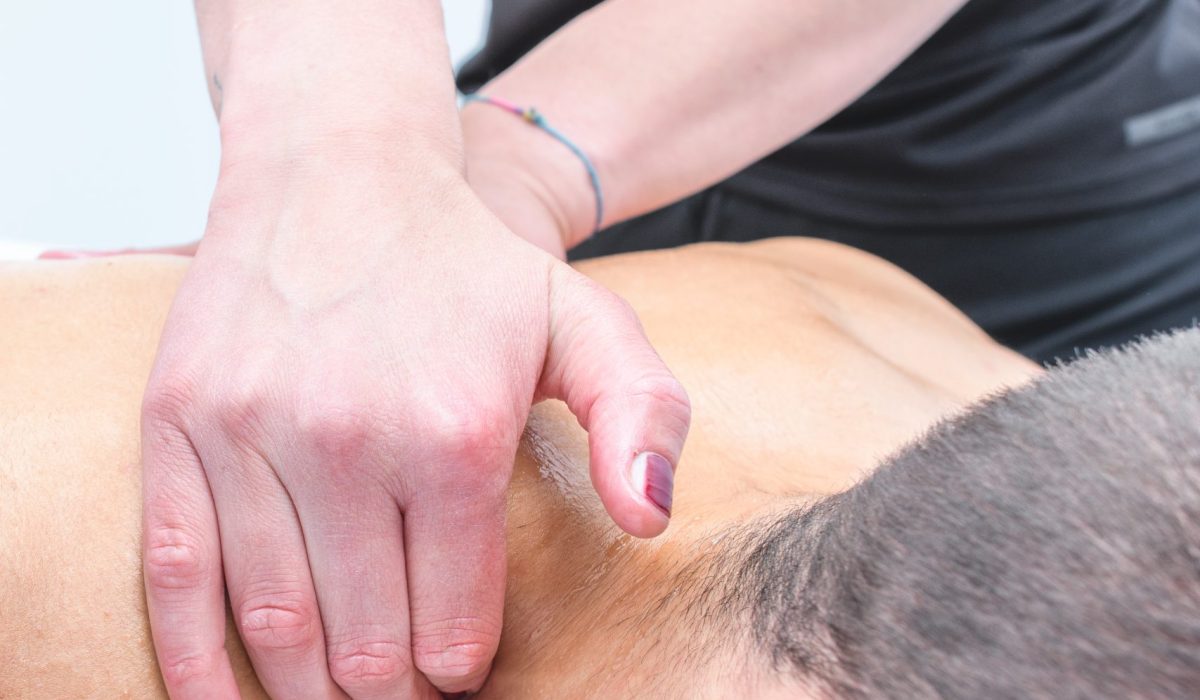Introduction
The world of massage therapy offers a wide range of techniques, each designed to address specific health concerns or promote overall wellness. One such technique that has gained popularity over the years is deep tissue massage. However, a common question that often arises when discussing this type of massage therapy is, “How rough is a deep tissue massage?” This article aims to shed light on this topic and provide you with all the information you need about deep tissue massages.
Understanding Deep Tissue Massage
Before we delve into how rough or intense a deep tissue massage can be, it’s essential to understand what it entails. A deep tissue massage primarily focuses on realigning deeper layers of muscles and connective tissues. It’s particularly beneficial for individuals who are recovering from physical injuries, experiencing chronic pain, or have a significant amount of physical tension or stress.
A therapist performing a deep tissue massage uses slow strokes and applies deep finger pressure on the body areas experiencing stiffness or pain. The pressure helps in breaking down knots or rigid tissue (known as adhesions) that can disrupt circulation and cause pain, inflammation, and limited range of motion.
The Intensity of Deep Tissue Massage
Now let’s address the main question – how rough is a deep tissue massage? The term ‘deep’ in ‘deep tissue massage’ might make you think that this type of massage involves intense pressure that could be painful. However, the reality is quite different.
A professional therapist will always tailor the intensity according to your comfort level. While it’s true that more pressure is applied compared to other types of massages like Swedish or relaxation massages, it should never cross into the realm of causing pain. Discomfort might be felt during certain parts of the session where problematic areas are being worked on but remember – there’s a fine line between therapeutic ‘good’ pain and intolerable pain.
Communication: Key to Comfortable Deep Tissue Massage
The key to a comfortable and beneficial deep tissue massage lies in effective communication between you and your therapist. Before starting the session, a professional therapist will discuss your pain points, medical history, and your comfort level with pressure.
During the massage, it’s crucial to give feedback to your therapist about the pressure being applied. If it’s too much, don’t hesitate to let them know. A good therapist will appreciate the feedback and adjust their technique accordingly.
Post-Massage Sensations
After a deep tissue massage, it’s common to experience some stiffness or soreness. This is because the techniques used in this type of massage are designed to stimulate blood flow and reduce inflammation in deep layers of muscle tissue.
To alleviate post-massage soreness, you can apply ice to the affected areas or take a warm bath. Drinking plenty of water after the session can also help as it aids in flushing out toxins released from the muscles during the massage.
Conclusion
In conclusion, while a deep tissue massage involves firm pressure and can be intense compared to other types of massages, it should not be painful or excessively rough. The intensity is always adjusted based on individual comfort levels and needs.
Remember that everyone’s tolerance for pressure varies – what might feel like moderate pressure for one person could feel intense for another. Therefore, open communication with your therapist is essential for a successful deep tissue massage experience.
A well-executed deep tissue massage can work wonders on chronic pain or tension and aid in injury recovery. So don’t let fear of discomfort deter you from experiencing its numerous benefits!


